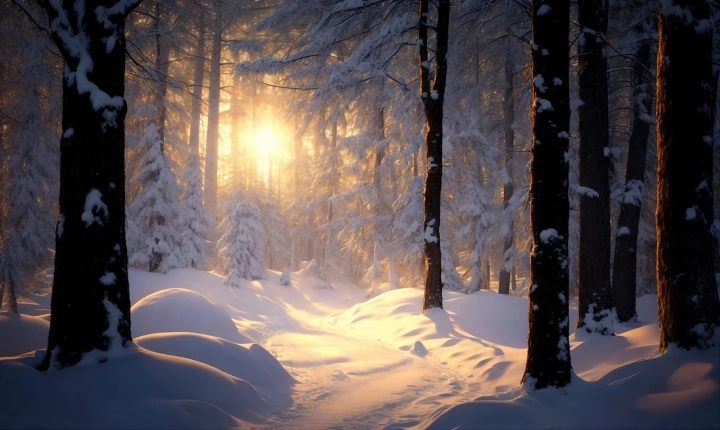Title: How to Create AI Art: Exploring the Intersection of Technology and Creativity
Artificial intelligence (AI) has become an increasingly powerful tool in the world of creativity, enabling artists to explore new realms of expression and produce unique, captivating works of art. From generating visual art to composing music, AI has made significant strides in the realm of creativity, blurring the lines between human and machine-generated art.
In this article, we will explore how to create AI art, delving into the techniques and tools that artists can use to harness the potential of AI in their creative pursuits.
1. Understanding AI Art
Before delving into the creation process, it’s important to grasp the concept of AI art. AI art involves the use of algorithms and machine learning techniques to produce artistic content, whether it’s visual art, music, or even literature. AI can be trained on vast datasets of existing artworks, enabling it to learn patterns, styles, and techniques to generate new, original pieces.
2. Choosing the Right Tools
Several tools and platforms are available to artists who want to explore AI art. One popular option is using Generative Adversarial Networks (GANs), which pit two neural networks against each other to generate art. Another approach involves using style transfer techniques, where AI algorithms can apply the style of a particular artwork or artist to a new image.
3. Training AI Models
To create AI art, artists can train their own AI models using existing artworks as a dataset. This process involves feeding a large number of images into the AI model and allowing it to learn the visual patterns and styles present in those images. Artists can use popular deep learning frameworks, such as TensorFlow or PyTorch, to build and train their AI models.
4. Generating Art
Once the AI model is trained, artists can use it to generate new art. This can involve providing input to the AI model, such as a starting image or a particular style, and letting the model produce a new, AI-generated piece of art. The results can range from surreal and abstract to highly realistic, depending on the parameters and data used to train the AI model.
5. Exploring Collaboration
Another exciting aspect of AI art is the potential for collaboration between human artists and AI systems. Artists can use AI as a tool to augment their creative process, leveraging its capabilities to explore new artistic ideas and expand their creative horizons. Collaborative projects between artists and AI systems can lead to groundbreaking and thought-provoking artworks that challenge traditional notions of creativity.
6. Ethical Considerations
As with any transformative technology, ethical considerations are essential when creating AI art. Artists should consider the implications of using AI in their creative process, including issues related to ownership, copyright, and the ethical use of AI-generated content. As AI art continues to evolve, it’s crucial for artists to engage in thoughtful discussions about the ethical implications of this emerging field.
In conclusion, the intersection of AI and art presents a wealth of opportunities for creative exploration. By harnessing the power of AI, artists can push the boundaries of traditional artistic mediums and generate truly innovative works of art. As AI continues to advance, we can expect to see a growing number of artists embracing AI as a tool for creative expression, resulting in a rich tapestry of AI-generated art that challenges, inspires, and captivates audiences around the world.
